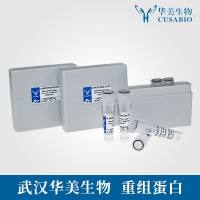Advances in molecular biology over the last several decades, along with new highly developed methods for protein expression, have enabled investigators to produce and purify large yields of the soluble protein domains of a number of eukaryotic glycosyltransferases and processing glycosidases. The availability of these purified enzymes has in turn allowed determination of the crystal structures of the catalytic domains of some of the proteins, thus providing details of the active site geometry and catalytic mechanisms of the enzymes. It must be remembered, however, that the natural subcellular locations for enzymes involved in glycoprotein and glycolipid synthesis are the membranes of the endoplasmic reticulum and Golgi, where the enzymes exist bound to or inserted in the membrane matrix. Because of technical difficulties, few of the intact enzymes containing their hydrophobic membrane-interactive domains have been purified and studied in a membrane environment, even though the membrane has been shown to have effects on the properties and kinetics of many enzymes. Therefore, a method for the reconstitution of dolichyl-phospho-mannose (Dol-P-Man) synthase in phospholipids and phospholipid membranes will be described in detail. In order to properly characterize membrane glycosyltransferases and glycosidases, it is necessary to investigate the kinetic and catalytic properties of these proteins in a membrane environment. The ultimate goal is to define the topography of the proteins in membranes and also to understand the kinetic and catalytic properties of these enzymes in biological membranes.






